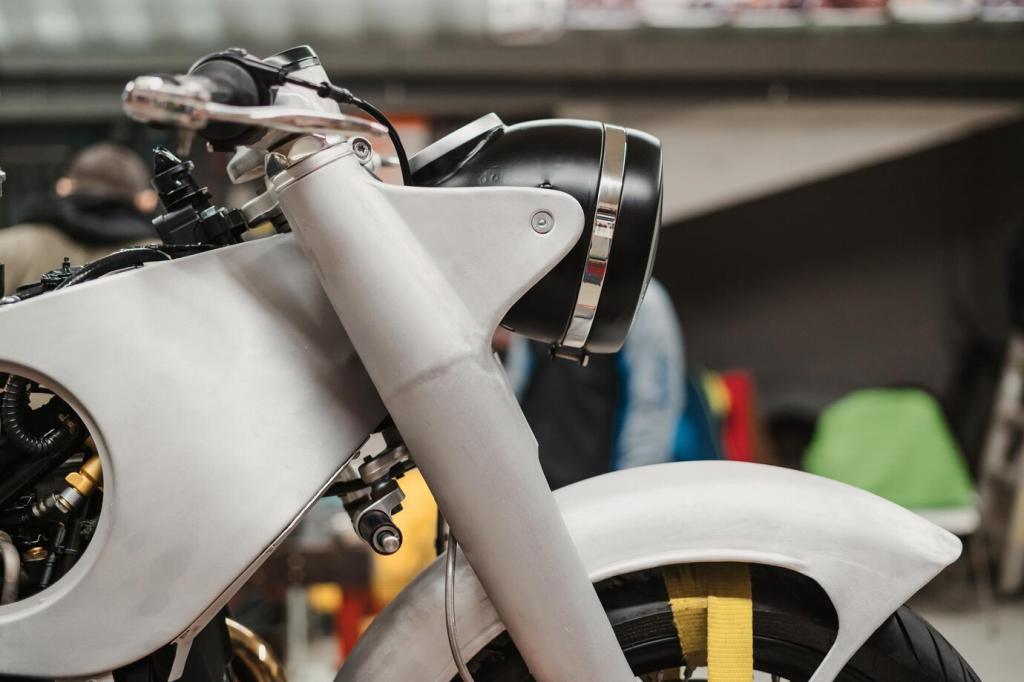Theme: Understanding Electric Scooter Electrical Systems
Step inside the circuitry that makes your scooter glide. Today we explore how batteries, controllers, motors, wires, and sensors cooperate so every ride feels smooth, safe, and smart. Read on, ask questions, and subscribe for deeper dives.

From Battery to Wheel: A Guided Tour
Energy begins in the battery pack, travels through a protective BMS, and enters the controller, which precisely modulates power to the BLDC motor. Picture a conductor guiding current, timing every pulse so acceleration feels natural. Share your first smooth start experience below.


From Battery to Wheel: A Guided Tour
Your thumb throttle sends a low-voltage signal, typically around one to three volts, telling the controller how fast you want to go. Brake levers, hall sensors, and sometimes an onboard display contribute constant feedback. What signals surprise you most? Tell us.
Batteries and BMS, Plain and Simple
Cells, Series/Parallel, and Voltage
Scooter packs combine cells in series to raise voltage—often 36V, 48V, or 52V—and sometimes in parallel to increase capacity. That architecture affects torque, range, and heat. Not sure which you have? Post your model, and let’s decode it together.
What Your BMS Actually Does
A good BMS monitors cell voltages, temperature, and current, balancing cells during charging and shutting things down if limits are exceeded. Think of it as a vigilant guardian preventing overcharge, over-discharge, and thermal stress. Ask about your BMS quirks in the comments.
The Cold-Morning Mystery
On a frosty morning ride, Maya noticed sluggish acceleration and shorter range. Cold slows chemical reactions, increasing internal resistance and voltage sag. She warmed the pack indoors before riding, and performance bounced back. Have cold-weather tips? Share them with fellow readers.
Motors and Controllers: The Synchronized Dance
Most scooters use hub-based BLDC motors with hall sensors that report rotor position. The controller uses this feedback to switch phases at the right moment, preventing cogging and preserving efficiency. Curious about sensorless starts? Ask and we’ll compare behaviors and use cases.
Motors and Controllers: The Synchronized Dance
Inside the controller, MOSFETs act like ultra-fast switches, using PWM to meter power. Current limits protect components and your battery from stress. That’s why hard launches feel measured, not violent. Want a deeper electronics explainer? Subscribe for our upcoming teardown series.



Know Your Plugs and Pins
Scooters often use XT30 or XT60 for power, bullet connectors for phases, and JST styles for signals. Correct polarity is critical. Take a photo of your connectors and ask us to identify them—community eyes make troubleshooting faster and safer.
Routing, Strain Relief, and Fuses
Neat cable runs reduce abrasion, while strain relief prevents tugging at solder joints. Inline fuses or breakers add a final safety layer. Ever fixed a mystery cutoff with better routing? Tell your story, and we’ll spotlight clever cable management tips.
Riding in the Rain: A Real Lesson
After a drizzle-soaked commute, I found moisture under the deck lid. Dielectric grease, heat-shrink, and higher IP-rated gaskets kept the next ride trouble-free. What’s your wet-weather prep checklist? Share it so others can ride confidently through surprise showers.
Diagnosing and Upgrading with Confidence
01
Using a Multimeter Without Fear
With power off, check continuity for broken wires; with caution, measure pack voltage against spec. Document readings and compare after rides to track sag. Unsure where to probe? Ask below, and we’ll outline safe, step-by-step checks for your model.
02
Reading Data: Voltage, Temperature, Current
Apps and displays expose live voltage, controller temperature, and current draw. Trends reveal issues before failures happen. Screenshot your graphs after a hill climb and post them—we’ll help interpret spikes, dips, and whether adjustments might improve comfort and range.
03
Upgrades That Actually Matter
Quality tires and bearings reduce load on the electrical system, while a properly matched controller or higher-capacity pack can extend range responsibly. Considering a change? Describe your goals and terrain, and we’ll suggest upgrades that balance performance with reliability.
